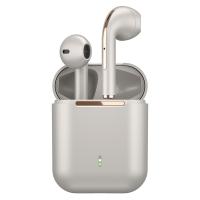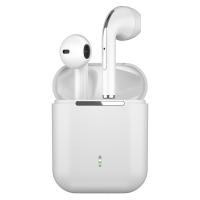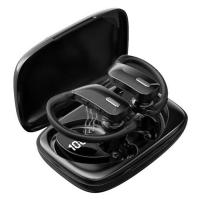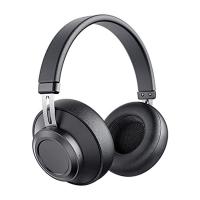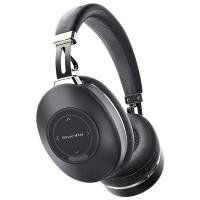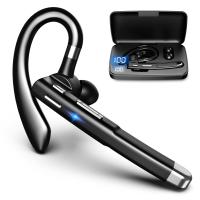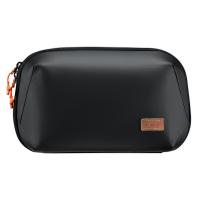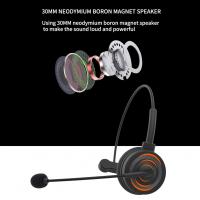Can You Connect Multiple Bluetooth Headphones?
In today's fast-paced world, technology continues to evolve, making our lives more convenient and enjoyable. One such advancement is the ability to connect multiple Bluetooth headphones to a single device. This feature is particularly useful in various scenarios, such as sharing music or audio with friends, watching movies together without disturbing others, or even in professional settings where multiple users need to listen to the same audio source. In this article, we will explore the possibilities, methods, and practical applications of connecting multiple Bluetooth headphones to a single device.
Understanding Bluetooth Technology
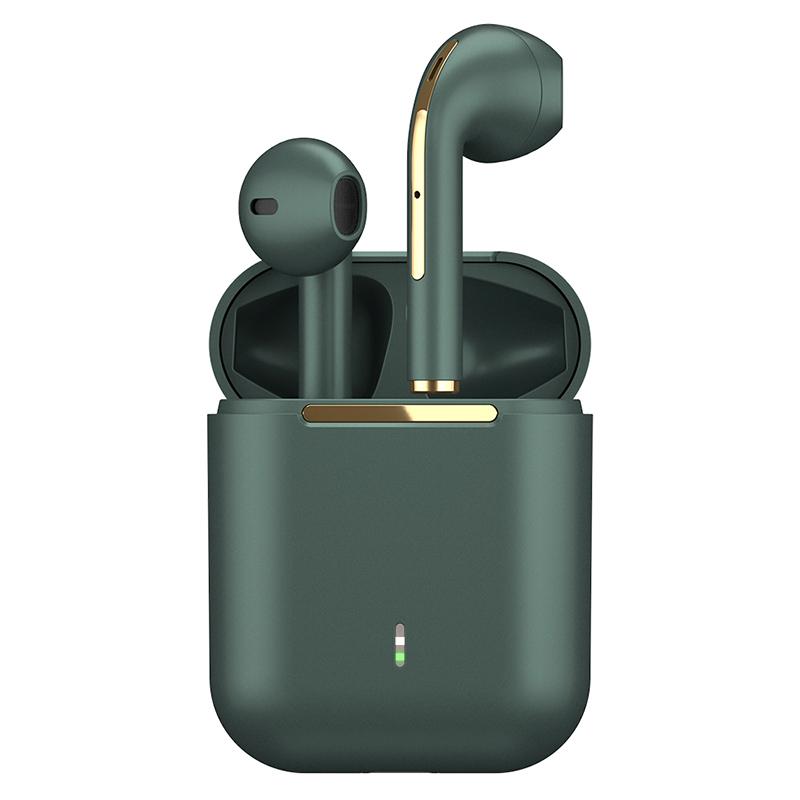
Bluetooth is a wireless technology standard used for exchanging data between fixed and mobile devices over short distances. It operates in the 2.4 to 2.485 GHz frequency range and is widely used in various devices, including smartphones, tablets, laptops, and audio equipment. Bluetooth technology has undergone several iterations, with each version bringing improvements in speed, range, and connectivity.
Can You Connect Multiple Bluetooth Headphones?
The short answer is yes, you can connect multiple Bluetooth headphones to a single device, but the process and feasibility depend on the device and the Bluetooth version it supports. Here are some common scenarios and methods to achieve this:
1. Using Built-in Bluetooth Features
Some modern devices come with built-in support for connecting multiple Bluetooth headphones. For example, certain smartphones and tablets running on the latest operating systems (such as iOS and Android) offer features like "Dual Audio" or "Audio Sharing." These features allow users to pair two Bluetooth headphones simultaneously and share audio between them.
Example: Samsung Dual Audio
Samsung's Dual Audio feature, available on some of its Galaxy devices, allows users to connect two Bluetooth headphones or speakers at the same time. To use this feature, follow these steps:
1. Open the Settings app on your Samsung device.
2. Navigate to Connections > Bluetooth.
3. Pair the first Bluetooth headphone.
4. Once paired, tap on the three-dot menu icon and select "Dual Audio."
5. Pair the second Bluetooth headphone.
Both headphones should now be connected, and you can enjoy shared audio.
Example: Apple Audio Sharing
Apple's Audio Sharing feature, available on devices running iOS 13.1 or later, allows users to share audio with two sets of AirPods or compatible Beats headphones. To use this feature, follow these steps:
1. Connect the first pair of AirPods or Beats headphones to your iPhone or iPad.
2. Open the Control Center and tap on the AirPlay icon.
3. Tap on "Share Audio."
4. Hold the second pair of AirPods or Beats headphones close to your device.
5. Follow the on-screen instructions to complete the pairing process.
Both sets of headphones should now be connected, and you can share audio between them.
2. Using Bluetooth Transmitters
If your device does not support built-in multi-headphone connectivity, you can use a Bluetooth transmitter. A Bluetooth transmitter is a small device that connects to your audio source (such as a TV, computer, or stereo system) and transmits the audio signal to multiple Bluetooth headphones.
Example: Using a Bluetooth Transmitter
1. Purchase a Bluetooth transmitter that supports multiple connections (e.g., Avantree Oasis Plus, TaoTronics Bluetooth 5.0 Transmitter).
2. Connect the transmitter to your audio source using the appropriate cable (e.g., 3.5mm AUX, RCA, or optical).
3. Turn on the transmitter and set it to pairing mode.
4. Pair the first Bluetooth headphone with the transmitter.
5. Once paired, set the transmitter to pairing mode again and pair the second Bluetooth headphone.
Both headphones should now be connected to the transmitter, allowing you to share audio.
Practical Applications
Connecting multiple Bluetooth headphones to a single device has numerous practical applications, making it a valuable feature in various scenarios:
1. Watching Movies Together
Imagine you and a friend want to watch a movie on a tablet or laptop without disturbing others. By connecting two Bluetooth headphones, you can enjoy the movie together with high-quality audio, creating a private cinema experience.
2. Sharing Music
Whether you're at a party or just hanging out with friends, sharing music can enhance the experience. By connecting multiple Bluetooth headphones, everyone can enjoy the same playlist without the need for external speakers.
3. Professional Settings
In professional settings, such as conference calls or collaborative work environments, multiple users may need to listen to the same audio source. Connecting multiple Bluetooth headphones ensures that everyone can hear clearly without the need for wired connections or external speakers.
4. Fitness and Workouts
In fitness classes or group workouts, instructors can use Bluetooth transmitters to connect multiple headphones, allowing participants to follow along with instructions and music without the need for loudspeakers.
Limitations and Considerations
While connecting multiple Bluetooth headphones is possible, there are some limitations and considerations to keep in mind:
1. Audio Quality: The audio quality may vary depending on the Bluetooth version and the quality of the headphones. Some devices may experience latency or audio lag when connected to multiple headphones.
2. Battery Life: Using Bluetooth headphones for extended periods can drain their batteries quickly. Ensure that your headphones are fully charged before starting a long session.
3. Compatibility: Not all devices and headphones support multi-headphone connectivity. Check the specifications of your device and headphones to ensure compatibility.
4. Range: Bluetooth has a limited range, typically around 30 feet (10 meters). Ensure that all connected headphones are within range of the audio source to maintain a stable connection.
Connecting multiple Bluetooth headphones to a single device is a convenient and versatile feature that enhances the audio experience in various scenarios. Whether you're watching movies, sharing music, or working in a professional setting, this capability allows you to enjoy high-quality audio without the need for external speakers or wired connections. By understanding the methods and limitations, you can make the most of this technology and enjoy seamless audio sharing with friends, family, and colleagues.



